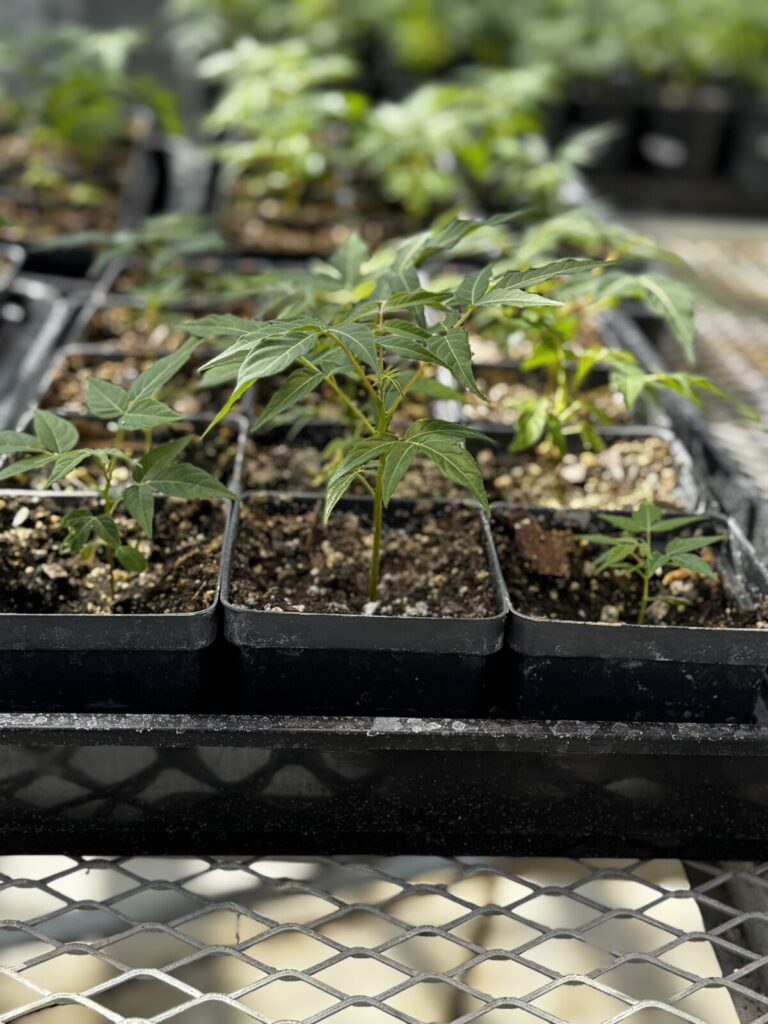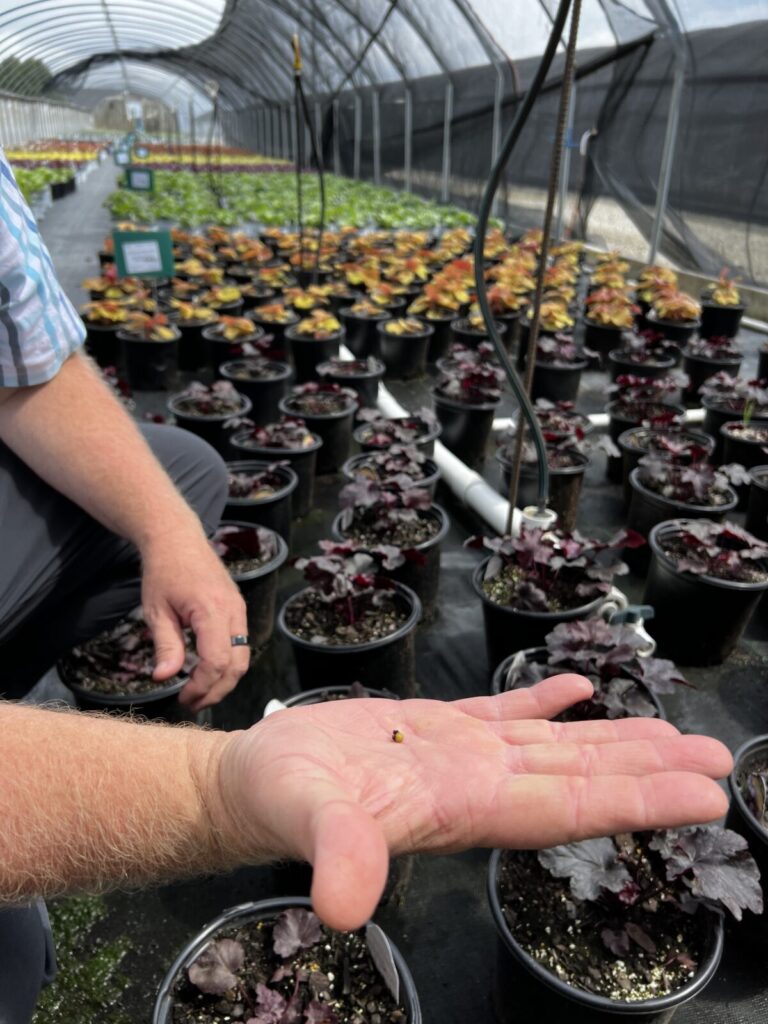The Lamm Lab recently published an article titled Healthy Harvests: Reducing Plastic Use and Associated Water Contaminants in U.S. Greenhouses and Nurseries, authored by Masoud Yazdanpanah and Alexa Lamm at the University of Georgia, Jim Owen and James Altland at USDA ARS, and Sarah White at Clemson University. The study explored the environmental and behavioral dimensions of plastic use in nursery and greenhouse production. Published in Environmental Development, the study investigated how U.S. growers perceived the risks of plastic-related water pollution—particularly from microplastics and PFAS—and what motivates them to adopt more sustainable practices. The full article can be found here.
Plastic is deeply embedded in modern agriculture—from irrigation systems to plant containers and fertilizers. In the U.S. greenhouse and nursery industry, which generates over $13.8 billion annually, plastic is not just a convenience—it’s a necessity. But this reliance comes at a cost: plastic waste, microplastics, and PFAS contaminants are increasingly polluting water sources and threatening environmental and human health.



This research used the Health Belief Model —a framework traditionally applied in public health—to assess growers’ perceptions and behaviors. We asked: What drives growers to reduce plastic use? What barriers do they face? And how do their beliefs about environmental responsibility and health risks shape their actions?
Key Findings
• Perceived benefits and environmental responsibility were the strongest predictors of growers’ support for reducing plastic use and adopting sustainable practices.
• Surprisingly, perceived susceptibility had a negative effect on sustainable behavior—suggesting that fear or anxiety might discourage action.
• Other factors like self-efficacy, knowledge, and perceived barriers were not significant predictors in this context.
This study highlights the human dimension of environmental sustainability. Growers were more likely to change their practices when they believed in the benefits and felt a personal responsibility toward the environment. These insights are crucial for policymakers and educators aiming to reduce agricultural plastic use and improve water quality. This research offers a compelling look at how psychology and environmental science intersect in agriculture. By understanding what drives growers’ decisions, we can better support the shift toward reductions in plastic use.
The study was supported by the US Department of Agriculture Agricultural Research Service under cooperative agreement number 58-5082-3-021.